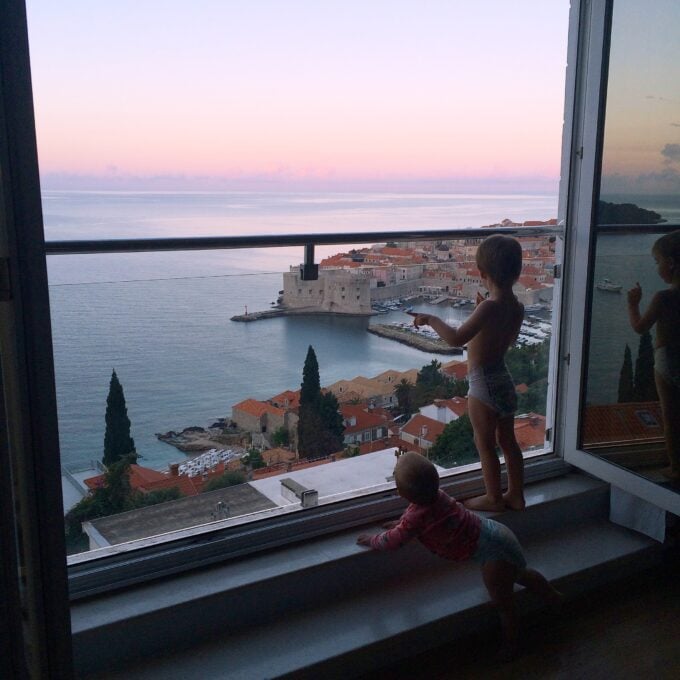
For the past two years, Amanda and Cameron Marshall have been raising their three young children in Croatia’s capital city, Zagreb, after moving from California. In today’s Motherhood Around the World interview, Amanda shares their favorite holiday tradition, the food that makes her do a double take and Croatians’ answer to anything that’s ailing…
On moving abroad: When Cameron got an Olmsted Foundation scholarship — which immerses American military officers in a foreign culture and language — we were asked to list all the places in the world where we’d like to live for a few years. Croatia was a top choice, and being here has exceeded our wildest dreams. Cameron is getting his master’s degree in history at the University of Zagreb, and I’m staying home with John Shea, 3, Grace, 2, and Georgia, 6 months. (I’m also a former journalist working on a cookbook about our experience in Croatia.) Cameron’s program encourages us to spend the full two years in-country, without coming back to the States. So we haven’t made any visits home, which has allowed us to truly immerse ourselves in this incredible place.
On learning the language: Croatian can be difficult for a native English speaker because the pronunciation is so different and the words all need special endings. I’ve studied a lot, but I still make mistakes all the time. When we first arrived, I spent a full day at our neighbors’ backyard farm calling the man “aunt” instead of “uncle.” He kept chuckling and goodheartedly rolling his eyes at me. I didn’t put it together until after I got home that night! Cameron is fluent now — all his university classes and assignments are in Croatian — and our kids speak well for their ages.
On the power of coffee: Coffee is at the center of Croatian culture. The typical drink is a strong brew mixed with milk — similar to a latte — and Croatians often drink many cups a day, all day long. The ritual is less about the coffee itself (though it is amazing) and more about having a reason to meet up with someone to chat, catch up, date, do business or even propose marriage. Our friends joke that literally everything happens over a cup of coffee. If you say you’re busy, people will tease you: ‘If you can’t do coffee, you have to get your life in order.’ I love to see so many people sitting together — not working on their computers or staring at their phones — talking, laughing and being present over coffee. Every morning after I finish my cup of coffee, two-year-old Grace takes it and dramatically breathes in the scent.
On local foods: My husband has learned to make delicious palačinke, or Croatian crepes, for breakfast every morning. The kids love them topped with fruit or Nutella. We also enjoy the most incredible eggs from our neighbors’ chickens (we used to have some, too, but they were killed by a weasel!). They are so fresh and natural that their yolks are bright neon yellow, which stuns and delights us every morning. When harvest time comes at the end of summer, ajvar is made and canned. It’s a delicious condiment made from grilled peppers and eggplants that we eat by the spoonful when our friend brings it over. Overall, the cuisine here varies by region. In Dalmatia, on the coastline, it’s heavy on seafood. In continental Croatia, meat is the staple. You’ll find the best local truffles in Istria. But anywhere you go in the country, the food and wine are incredible. The approach is ideal for children, with its focus on fresh, simple dishes.
On housing: We are renting a house from the U.S. government in Šestine, a residential area just north of the Zagreb city center. Truth be told, it’s the biggest house we’ve ever lived in and probably ever will again — with a pool, balcony, views and a lovely backyard. Our neighbors have all lived here for generations, since the days when it was a peasant neighborhood. Now it’s considered an upscale village separate from Zagreb, but it’s just a five-minute drive downhill to the center of the city. Our landlady built the house with foreign embassy families in mind, so it has an open floor plan, similar to many American houses. Typical Croatian houses and apartments are very compact, and the rooms are sectioned off from one another to keep them warm during the winters.
St. Mark’s church in Zagreb.
Visiting vendors at an outdoor market in Zagreb.
On daily routines: As a family, one thing we love here is all the magnificent churches. We wake up and go to sleep to the sound of their bells. Our kids call them ‘our bells,’ and they know when it’s dinner time, bath time and bedtime based on when the bells peal! Our morning ritual is going to the local market and visiting the same stalls each time. The families all know us by name and give our kids hugs and free fruit.
Amanda’s neighbor tends to his backyard grape vineyard.
Harvesting figs in the backyard.
On relating to the land: We noticed right away that backyards serve a different purpose than they do in the States. Instead of cultivating open lawns or building swing sets, the Croatian families we know use their backyards like home farms. We have learned so much from our neighbors about making wine, pruning fruit trees, canning, and raising chickens — and all in our own yard! Our kids love picking fruit from our trees. It’s also very common for people to have extended family members in the country who make their own olive oil or wine or have fruit orchards or pigs to share with their relatives in the city. So, even Croatians who live in urban apartments are often still quite connected to the soil.
Amanda’s friend Zvonko prepares a lunch of chicken “peka,” the traditional Croatian way to slow-cook meat and vegetables in a clay dish with an open fire.
On hospitality: My own grandparents came from nearby Bosnia and Herzegovina, which prepared me well for living — and eating — here. Hospitality is of upmost importance in Croatia and the Balkan countries. If you say no to seconds and thirds, you are breaking mothers’ and grandmothers’ hearts! Anytime our children go to someone’s house to play, I know without a doubt that they will be fed. When we stop by to say hello to our older neighbor, who lives alone on almost nothing, he always brings out whatever he has. The best thing you can do in a Croatian’s home is to sit down and eat and drink everything that’s offered. As they say before digging in, uživajte! (Enjoy!)
On mixing generations: While living here, we’ve loved seeing different generations socializing — it’s not uncommon to have multiple generations living under the same roof; for grandparents to care for their grandkids while parents are at work; and for whole families to hang out together all the time. Our three-year-old goes next door to our neighbors’ house almost every day and experiences the older generations as a Croatian child would. They’re a middle-aged couple, and their 80-something uncle lives with them; none of them speak English. Our son helps them in their orchard and plays with their German shepherd. We literally hand our children over the fence to them, and they spoil them with huge chocolate Milka bars. They call themselves our kids’ “grandparents.”
On drinking alcohol: Alcohol — especially wine and the brandy rakija — is an integral part of everyday life. Whenever my husband and I hung out with friends when I was pregnant, they’d always offer me wine. When I requested water instead, they’d look at me quizzically and explain that wine is good for your heart and good for your baby! Rakija is seen as a key answer to just about everything, in parenting and every stage of life. Is your baby teething? Rub some rakija on his gums. Not sleeping? Let her stick a finger in your cup to try. Are you feeling sick? Drink some rakija. Want to give your love life a kick? Take a shot first thing in the morning! Many families make their own rakija. Every time one of our children has a birthday, our next-door neighbor gives us a tall homemade bottle. He says my husband and I deserve a drink!
On date nights: Cameron and I have a weekly date night, which allows us to try Zagreb’s restaurants. This seems to be more of an American idea than a Croatian one — most couples we know save eating in restaurants for special occasions. Instead, a husband might go out for beers with friends one night, and his wife will go out for drinks with friends another night; they take turns watching kids at home. Certainly, Croatians are no less social, but a babysitter would be a splurge. From an American perspective, we have been thrilled to hire students to babysit during our date nights, and the going rate here is $7 an hour.
Easter in Zagreb.
On holiday traditions: Croatia is a predominantly Christian country, so the major Christian holidays (Easter, Christmas) are the biggest annual celebrations. My kids’ favorite tradition is ‘holiday boots.’ Instead of hanging stockings, Croatian children leave their boots on a windowsill for Santa. On December 6th, they’ll wake up to candy inside if they were good over the past year. If they were naughty, they’ll wake up to a tree branch inside (meant for a spanking!), left by Krampus, the half-goat, half-demon evil version of St. Nicholas that is part of European folklore.
Gracie, 2, in Zagreb’s St. Mark’s Square.
On playing outside: Soccer is the national sport and is played every possible place — grass fields, asphalt, medieval town squares, you name it. Packs of children are always playing and talking outside with siblings, cousins or friends. I don’t worry as much about my own kids running around because it’s such a community-oriented culture. I’ve noticed that Croatian parents and grandparents are totally at ease stepping in to help a stranger’s child, or they’ll grab a child without blinking if they’re about to run near the street. In the States, people seem way more reserved about intervening. I’ll find another adult here gently putting their hand on my daughter’s back while she climbs a ladder on the playground or even telling her sternly to be careful, without worrying they’ll offend her or us.
Raking leaves in front of the chicken coop.
On superstitions: There’s a real fear here of propuh, which translates as ‘a draft of air.’ My husband and I are accosted regularly for not dressing our children warmly enough anytime the temperature falls below 70 degrees. Amazingly enough, it isn’t just grandmothers that approach us, it is bewildered strangers of every age. When our friends come over, they bring their own house slippers and can never hold back from commenting with wide eyes when our kids are running around barefoot in the yard. We have to explain to various people on the street why on earth our kids have taken off their shoes while riding around in the stroller on a hot summer day. As an American from southern California, this always remind me that I am a foreign mom here.
Dubrovnik.
Pag Island.
Zadar.
On regional travel: With Cameron’s scholarship travel stipend, we’ve been able to explore different parts of the country. Croatia is full of hidden gems. We take road trips, which is easiest with kids, and we’ve rented apartments and stayed with friends. Our favorite spots have been Istria, a peninsula on the Adriatic sea; Pag Island, where Croatia’s celebrated sheep’s milk cheese comes from; the Kutjevo wine region in Slavonija; and Dubrovnik, the gorgeous seaside city. The vineyard visits have been particularly fun for our family. They’re small and family run, so you get to spend one-on-one time with the winemakers. Vineyards are actually some of the most kid-friendly places here, with the winemakers’ grandkids running around and every age welcome to explore each nook and cranny.
On learning Croatian values: The Croatians I’ve gotten to know well are among the most warm and optimistic people I’ve ever met. They have a great sense of humor and know how to enjoy life, despite the economic difficulties in this country and the shadow of many regional wars over the past 70 years. I love how when we bump into one of our friends and say, “We should get together soon,” they reach the next day to make plans — life here revolves around these connections. All our friends work — both parents — because they have to, and even then they say it can be tough to get by. I’ve learned so much from the authenticity, frugality and resourcefulness of the people here. Thanks to living in Zagreb, we now find endless uses for cheese rinds, chicken bones and vegetable peels. These are values we hope our family keeps after we leave Croatia.
Thank you so much, Amanda!
P.S. The full Motherhood Around the World series including moms in Iceland and Abu Dhabi.
(Photos courtesy of Amanda Marshall, except overhead Zagreb photo via Time Out and overhead Dubrovnik photo via TripAdvisor. Top photo taken on vacation in Dubrovnik.)
 PREVIOUS ARTICLE
PREVIOUS ARTICLE


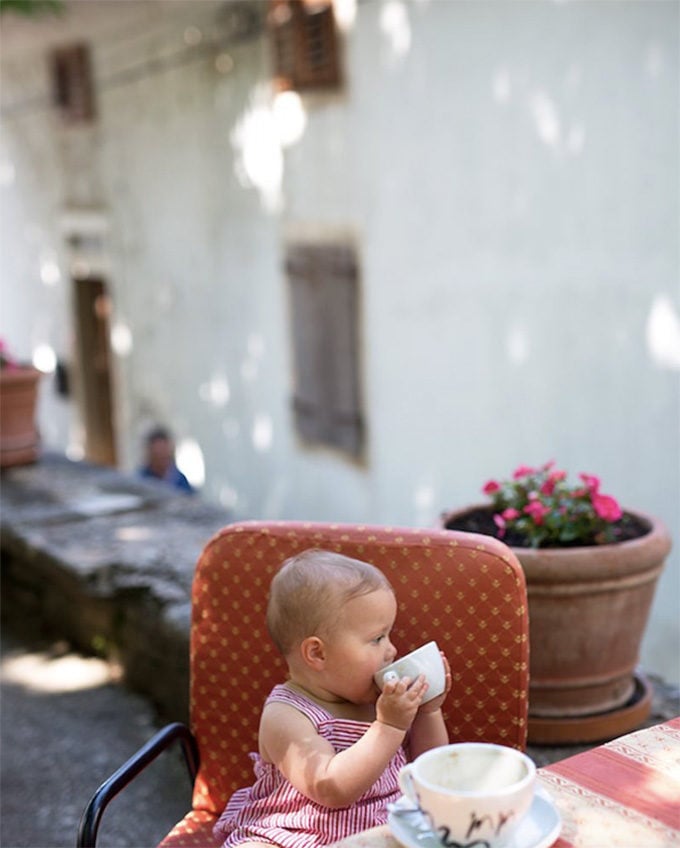
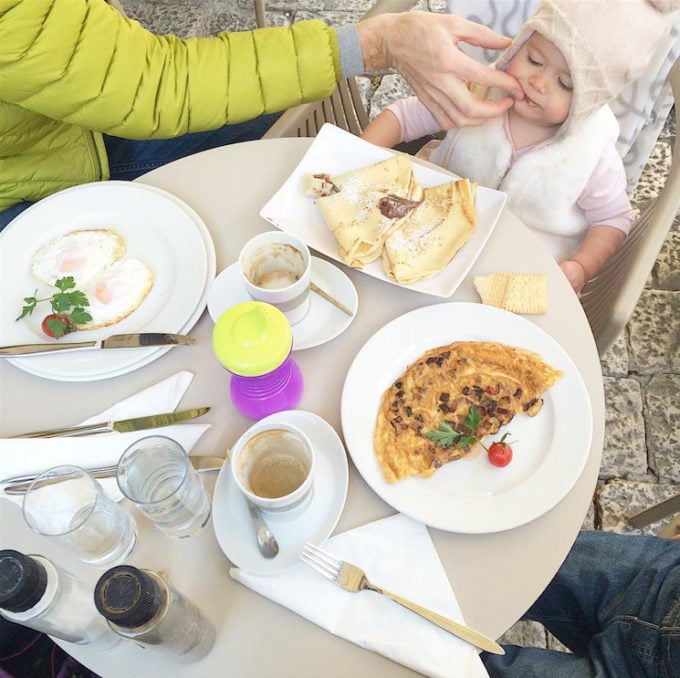






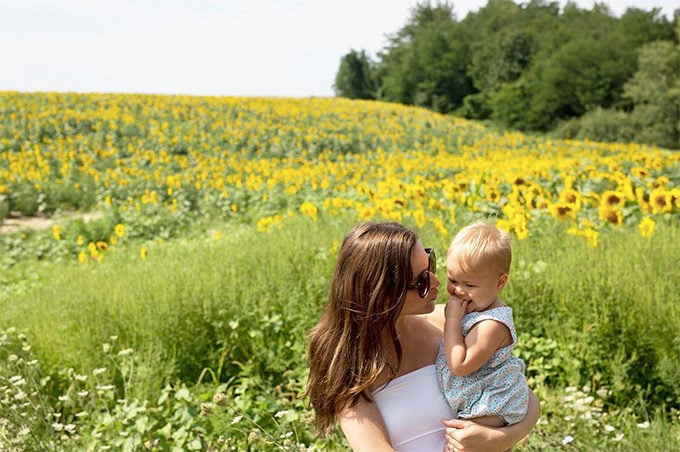
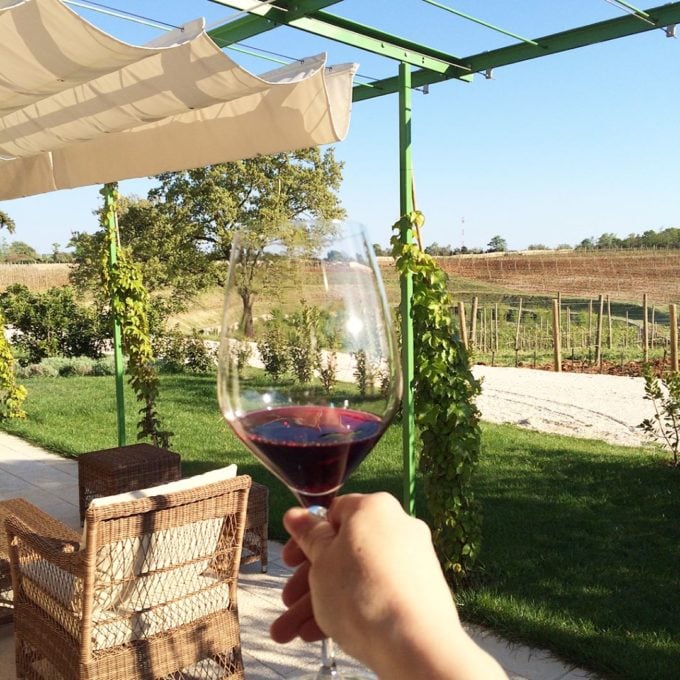
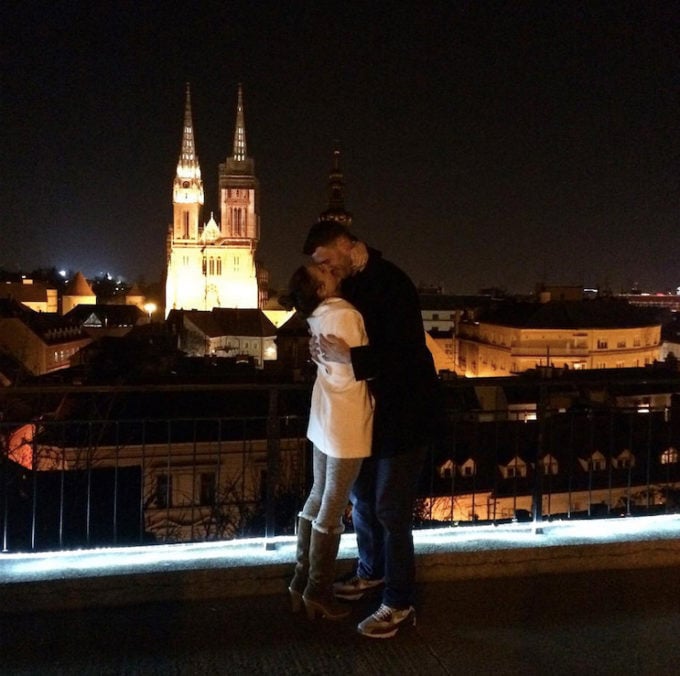
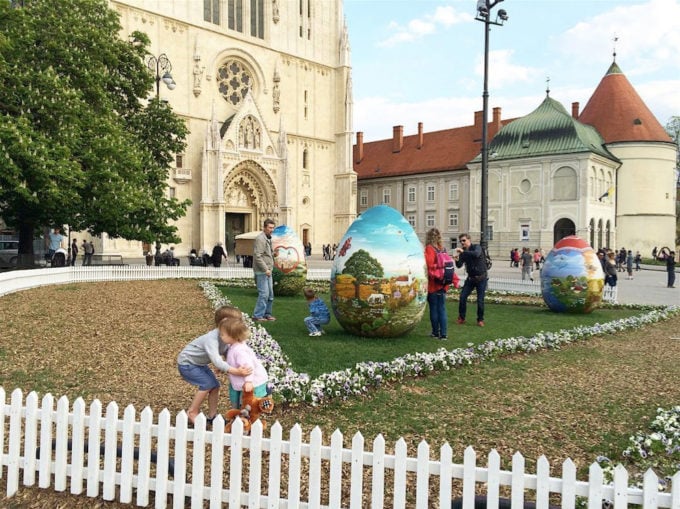




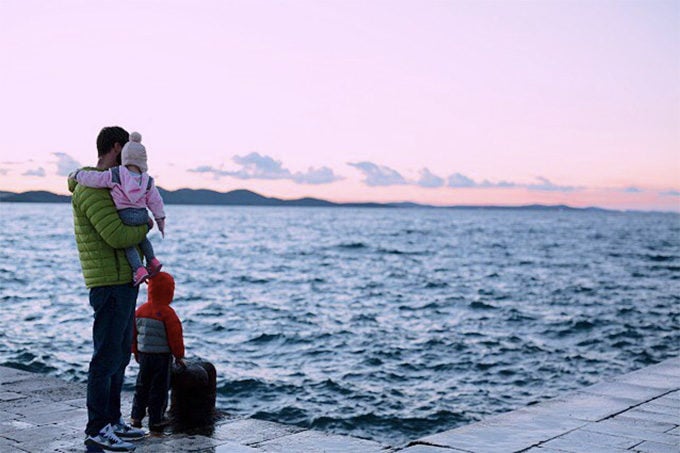



 184 COMMENTS
184 COMMENTS